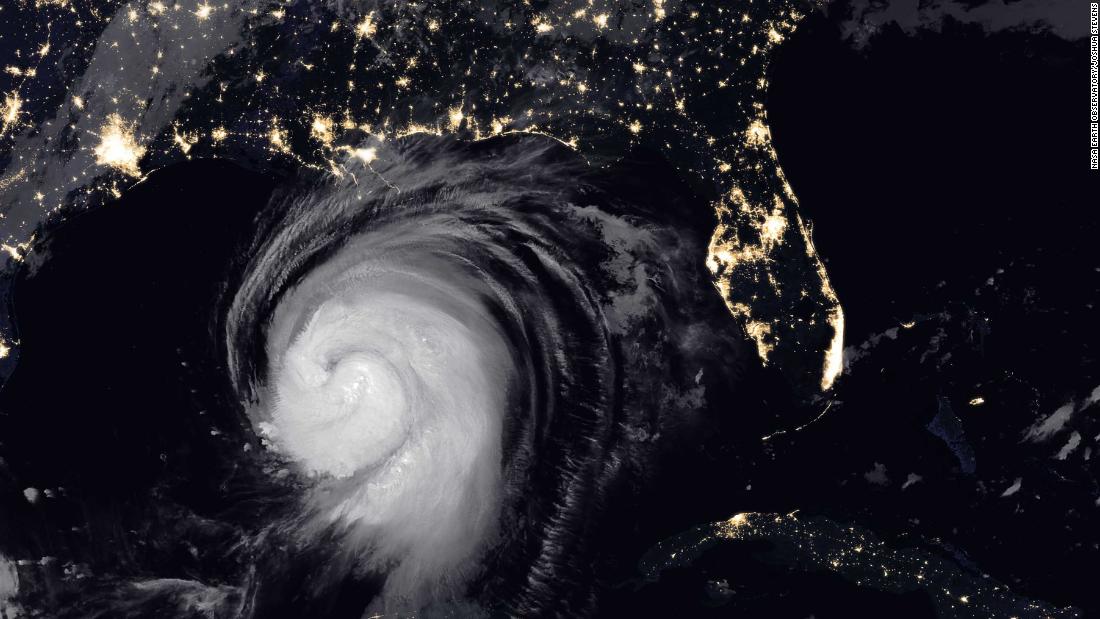Images of some of these weather events – visually impressive and equally worrying – were captured by the fleet of Earth observation satellites and instruments found in the International Space Station.
On this day last year, NASA’s moderate-resolution image spectroradiometer captured images of thick, bronze-colored smoke floating across southeastern Australia, taken as the country was devastated by one of the worst forest fire seasons ever recorded.
Australia’s fire season is always dangerous – but conditions were exceptionally severe in 2020, increasing flames and making fire-fighting conditions particularly difficult.
Experts say climate change has worsened the scope and impact of natural disasters like fires and floods – weather conditions are getting more extreme and, for years, fires started at the beginning of the season and spread more intensely.
In the image below, captured on September 9, a thick blanket of smoke can be seen along the west coast,
“Climate and fire scientists have long predicted that fires in the western United States would become bigger, more intense and more dangerous. But even the most experienced among them were left speechless to describe the scope and intensity of fires in states from the West Coast during September 2020, “said NASA.
Several this year fires were caused by lightning, but extreme conditions, including record temperatures, dry air, violent winds and drought, have caused fires to devastate nearby forests and, ultimately, homes.
The Visible Infrared Imaging Radiometer Suite (VIIRS) and Ozone Mapping and Profiler Suite (OMPS) sensors, found on the NOAA-NASA Suomi NPP satellite, collected daily images of thick clouds of aerosol particles blowing across the western USA, which, from According to NASA it was on a scale that satellites and scientists rarely see.
Dry
Although this image appears to show a lush and green oasis, the image, captured by NASA’s Landsat, actually reveals the Paraná River basin in Argentina.
A prolonged period of unusually hot and dry weather in southern Brazil, Paraguay and northern Argentina has caused the river to fall to its lowest level in decades. The drought has not only contributed to increased fire activity in the areas surrounding the delta and floodplain, but it has also affected businesses and local residents, with stranded ships and low water levels costing millions of dollars in the grain industry.
Hurricanes
Hurricane Laura, one of the 10 strongest hurricanes to hit the United States, swept southwestern Louisiana in August, killing at least six and leaving a wide path of destruction in its wake.
In the image above, captured by VIIRS on the NOAA-20 satellite, the storm is approaching the U.S. coast, highlighted by the darkness of the night, while clouds are shown in infrared using brightness temperature data and superimposed on images showing city lights. .
